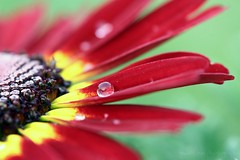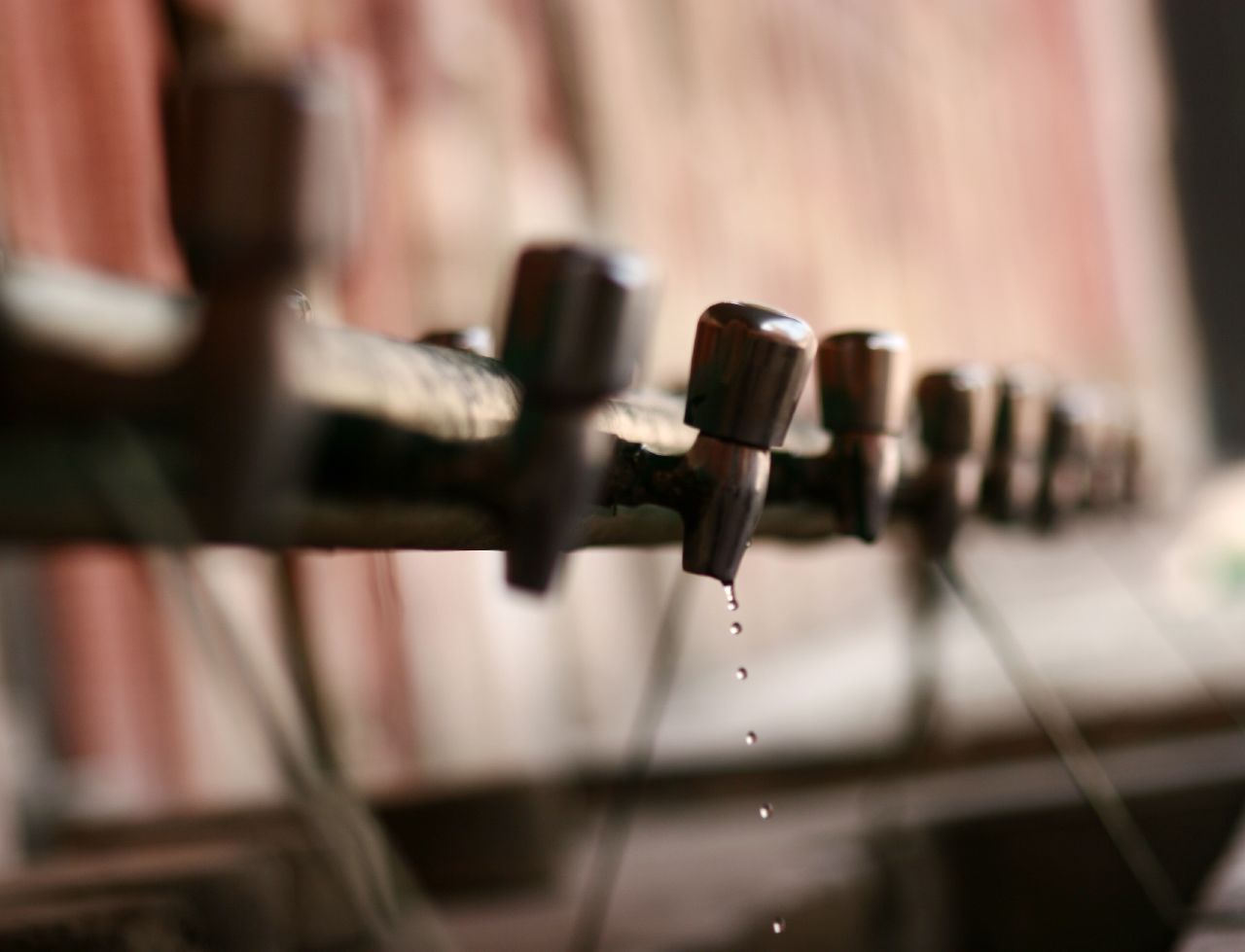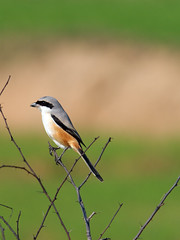Shallow depth of field is often used to isolate a subject from its surrounding environment or to make it stand out. Shallow DOF in most cases is a great way to highlight your main subject and get rid of any distractions in the background.
Positioning of Subject
One of the easiest things you can do is position the subject you’re wanting to photograph as far away from any objects behind them as possible. If they are standing right in front of a wall you’ll probably end up with it in focus no matter what else you do - but if they’re standing 100 meters in front of that same wall it’s going to be a lot more blurry. Of course this will only get you so far - you’ll need to do some of what’s coming next as well.
Aperture Priority Mode on your camera
Aperture Priority Mode is a great way to control depth of field as it will ensure your images are well exposed. This mode lets you choose the Aperture (the size of the hole in your lens) and tells the camera to choose all the other settings. This semi-auto mode is a great way to control depth of field as it will ensure your images are well exposed. For shallow depth of field and nice blurry backgrounds choose a large Aperture (the smaller the number the larger the aperture).
 Try taking a few shots at different apertures and see how it affects the background of your shots - this is the best way to learn how to get more creative control in your shots. Zoom LensesI’m not sure what lens most of us use for the portraits. Many zooms will have different maximum apertures at different points along the focal length spectrum. For example if it’s an 18-55mm kit lens it will have a maximum aperture of f3.5 at 18mm and a maximum aperture of f5.6 at 55mm. Many see the bigger aperture at the 18mm end of the range and think that that would be the best focal length for blurry backgrounds.
Try taking a few shots at different apertures and see how it affects the background of your shots - this is the best way to learn how to get more creative control in your shots. Zoom LensesI’m not sure what lens most of us use for the portraits. Many zooms will have different maximum apertures at different points along the focal length spectrum. For example if it’s an 18-55mm kit lens it will have a maximum aperture of f3.5 at 18mm and a maximum aperture of f5.6 at 55mm. Many see the bigger aperture at the 18mm end of the range and think that that would be the best focal length for blurry backgrounds. The problem with this is that 18mm is a very wide angle and for portraits it can mean you need to get in really close to your subject and it could distort their facial features (not really desirable). Instead I find that shooting at the 55mm end of the lens is best. This means you can stand further back (making your subject more at ease and pushing your background even further away from your camera). You’ll probably still get nice blurry backgrounds if you use the fastest aperture available.
The other good thing about zooms is that they enable you to really fill up your frame with your subject which can give it more prominence and your background less. Get a New LensThis is an ‘easy’ solution in some ways, but hard if you don’t have the budget. Different lenses have different maximum apertures. Those with larger ones are called ‘faster’ and one of the impacts of having a fast lens is that you can make your depth of field smaller (another is that you can shoot in lower light situations without needing the flash).
A good option for Canon DSLRs is the Canon 50mm f/1.8 lens. It’s very fast, it’s a good focal length for portraits and it is one of the most affordable lenses Canon make.Now Guys, please share your shots that you think define the shalow DOF, we will judge them and award the best shot out of all. This is a small weekly competition in other words you may say.


No comments:
Post a Comment